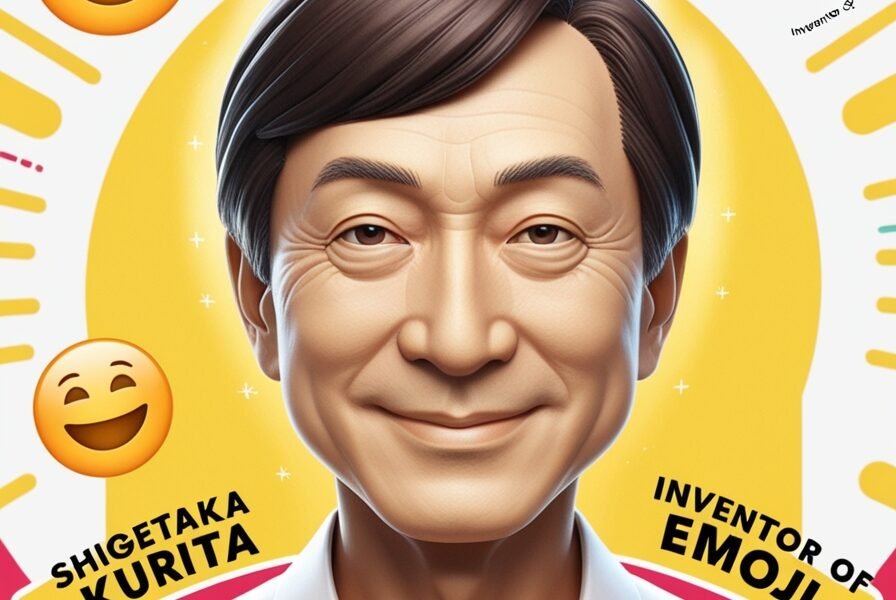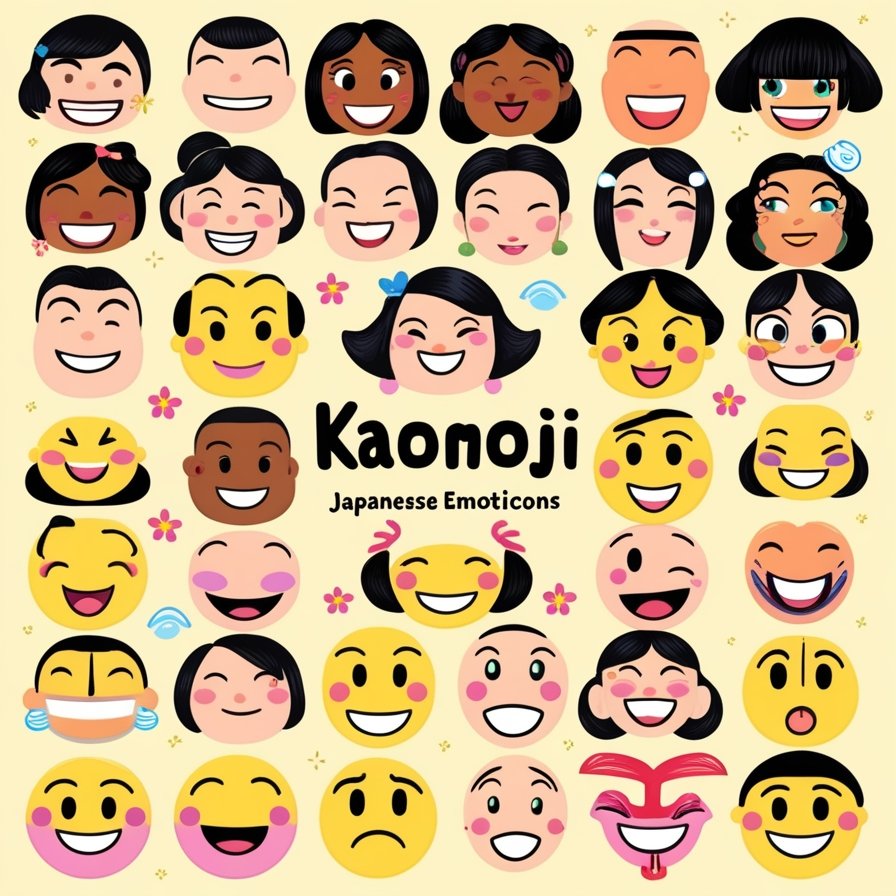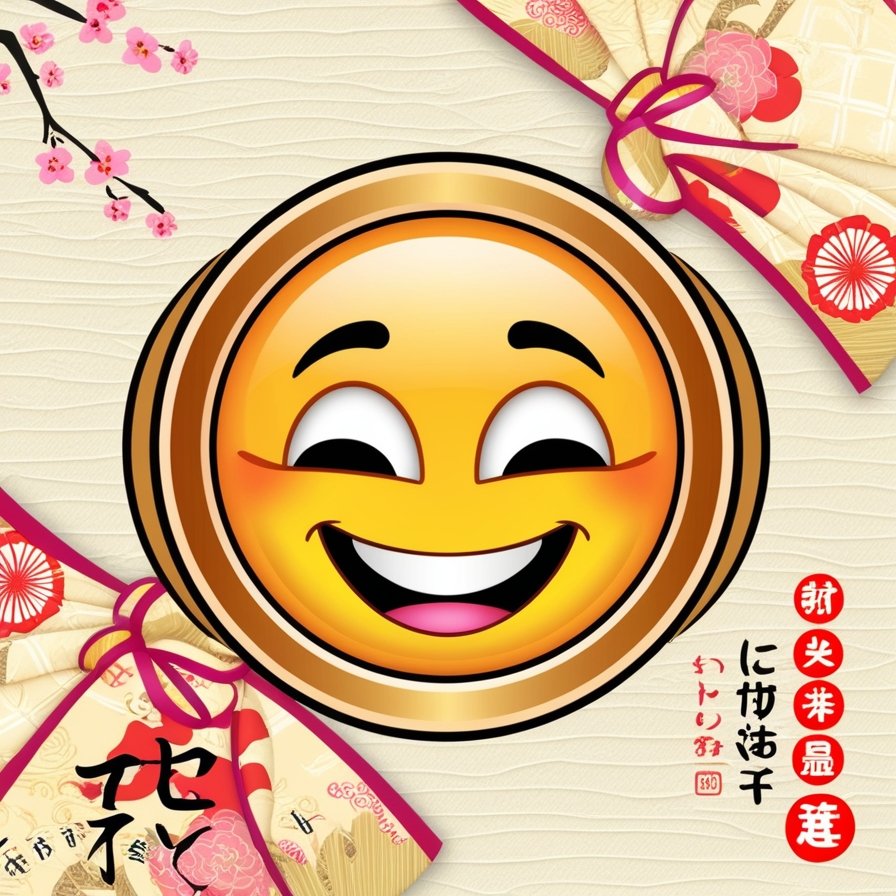We send over 6 billion emojis every day—heart eyes, crying laughter, fire, and even the mysterious eggplant. But have you ever wondered about the inventor of emoji, who first dreamed up these tiny, expressive icons? Let’s rewind to 1999, a time when flip phones ruled, texting was clunky, and a Japanese designer named Shigetaka Kurita quietly revolutionized how we communicate. Spoiler: He’s the genius behind the first emoji set.
Who Is Shigetaka Kurita? The Man Who Made Texting Colorful
If you’ve ever searched “who is known as the creator of the first set of digital emojis,” you’ll quickly stumble into the world of Shigetaka Kurita. Born in 1972, Kurita was part of a team at NTT DoCoMo, Japan’s biggest mobile carrier, working on a groundbreaking mobile internet platform called i-mode. Back then, phones couldn’t handle images or complex text, so Kurita—a designer with a knack for simplicity—saw an opportunity.
His goal? To create a visual language that could convey tone, emotion, and information in just a few pixels. Think of it as solving the “texting is so awkward” problem of the ’90s.
The Birth of the First Emoji: 176 Icons That Changed Everything
In 1999, Kurita designed the first emoji set: 176 crude, 12×12 pixel characters. These weren’t the glossy icons we use today. They were minimalist, blocky, and inspired by everyday life:
- Manga culture: The exaggerated tears, hearts, and speech bubbles.
- Weather forecasts: Sun, clouds, and umbrellas.
- Street signs and Chinese kanji: Simple symbols anyone could recognize.
Fun fact: The iconic ❤️ and the… ahem… pile of poop 💩 were part of Kurita’s original lineup. But these emojis weren’t just cute—they filled a practical need. i-mode’s early users were frustrated by how cold text-only messages felt. Kurita’s solution? Give people a way to say “I’m running late 😓” or “Great job! 🎉” without typing a novel.
Why Kurita’s Emojis Were Revolutionary (And Almost Lost to History)
Kurita’s team never patented the emojis. They were just a “nice-to-have” feature for i-mode. But like a digital wildfire, rival companies in Japan copied the idea, creating their own emoji sets. The problem? You couldn’t send a Docomo emoji to someone with a Sharp phone—it’d show up as a blank box.
It wasn’t until 2010 that Unicode (the org that standardizes text online) adopted emojis, making them universal. By then, Kurita had moved on to other projects, unaware his 12×12 doodles would become a global phenomenon.
The Legacy of the First Emoji Set
Today, emojis are a $15 billion industry, woven into lawsuits, marketing campaigns, and even the way we flirt. But Kurita’s contribution went largely unrecognized until 2016, when New York’s Museum of Modern Art (MoMA) added his original 176 emojis to its collection. Suddenly, the question “who is known as the creator of the first set of digital emojis” had a very clear answer.
In interviews, Kurita remains humble: “I didn’t think it would blow up like this. I was just solving a problem.”
FAQs About the First Emoji and Shigetaka Kurita
Q: Who is known as the creator of the first set of digital emojis?
A: Shigetaka Kurita, a Japanese designer working for NTT DoCoMo, created the first 176 emojis in 1999 as part of the i-mode mobile internet platform.
Q: What was the first emoji ever made?
A: The very first set included symbols like hearts, weather icons, and everyday objects (a car, a TV). The “heart” ❤️ is often cited as one of the most iconic from Kurita’s original lineup.
Q: Why were emojis invented?
A: Kurita wanted to simplify communication on early mobile devices. Limited text space and the risk of misunderstandings (Is that text sarcastic? Angry?) inspired him to create visual shortcuts.
Q: How many emojis were in the first set?
A: 176! They covered emotions, objects, weather, and more—all in 12×12 pixels.
Q: Are Kurita’s original emojis the same as the ones we use today?
A: Not exactly. Modern emojis are far more detailed and diverse. But Kurita’s work laid the foundation. Think of his set as the “ancestors” of your favorite smileys.
Q: Did Shigetaka Kurita become rich from inventing emojis?
A: Surprisingly, no. Since emojis weren’t patented, Kurita didn’t profit directly. He’s joked that his biggest reward was “a free iPhone” years later.
Final Thoughts: The Quiet Genius Behind Your Favorite Icons
Next time you punctuate a text with 😂 or 🥺, take a second to thank Shigetaka Kurita. His ingenuity turned clunky ’90s texting into a vibrant, visual language—one that’s now universal. And while he might not be a household name, Kurita’s legacy lives on in every tweet, DM, and text sent with a tiny, colorful icon.
Got an emoji hot take or a burning question about digital communication history? Drop it in the comments—we’re all 👂s!



